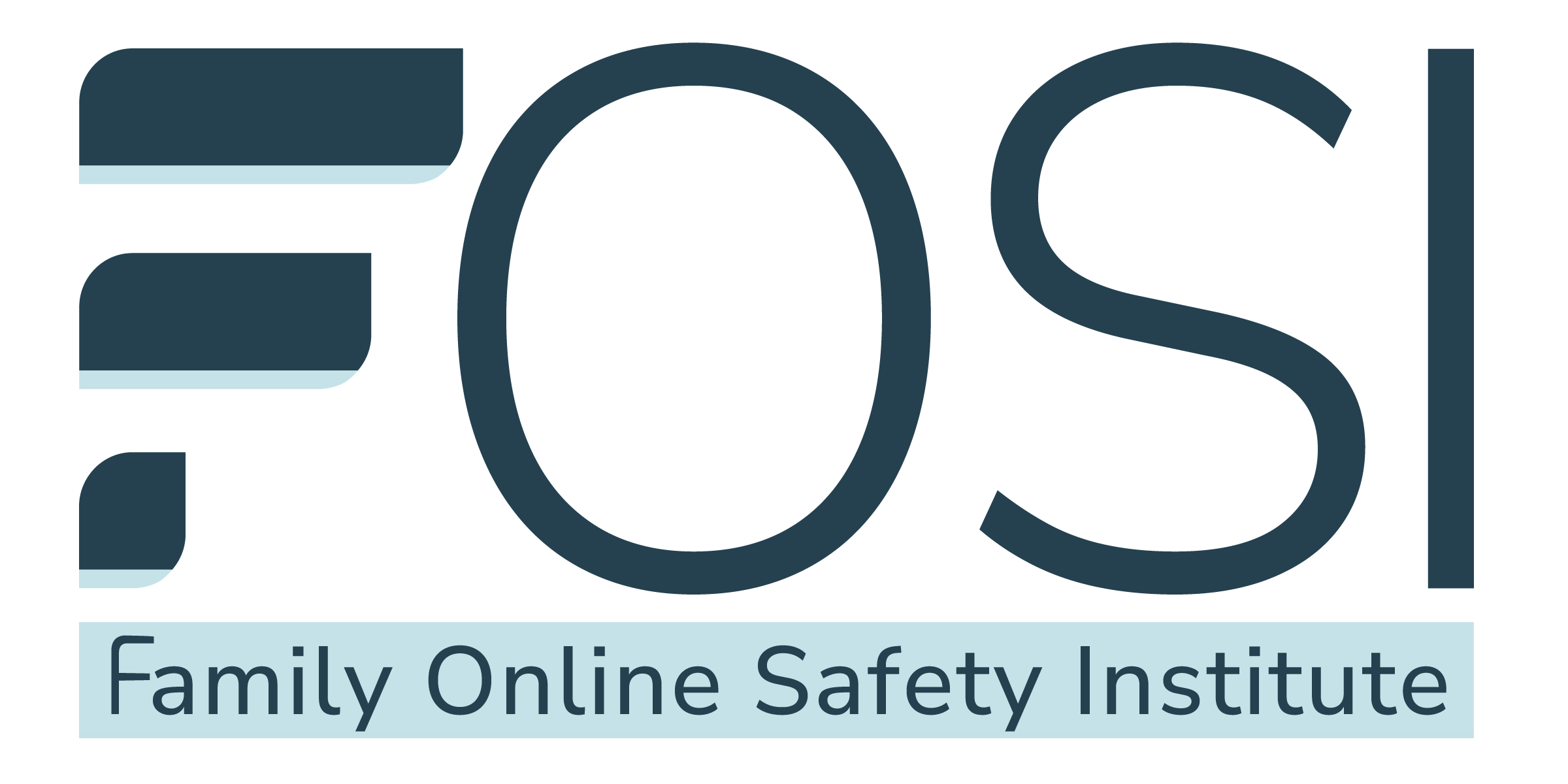The first major news story I remember was 9/11. I was in first grade, confused, and terrified for years - of planes, of war, of someone coming to my house to attack my family. We didn’t know anyone impacted by the attack and we’re white, so my fear wasn’t direct grief or related to post-9/11 racism and hate. It was simply the result of being too young to make sense of what I was seeing in media coverage. It was vicarious trauma.
Vicarious trauma was first defined as “the cost of caring” (Figley, 1982). It refers to the emotional response that can result from indirect exposure to trauma through hearing about someone else’s. While mainly used in the context of people in helping professions (first responders, doctors, therapists, etc.), anyone indirectly impacted by a traumatic experience can experience vicarious trauma. This is especially true of those who can easily see themselves in a similar situation because of a shared identity with the survivor(s) or victim(s).
When I was a young kid, my parents could pretty easily protect me from seeing age-inappropriate content - all it took was turning the news off from time to time, when it wasn’t covering the weather or community events. There were no social media feeds to be filled with graphic videos or photos. No cell phones lighting up because a friend lives in the city of a mass shooting and isn’t responding to texts. No Instagram posts about how doomed we are with climate change. No walking into class to peers unintentionally spreading misinformation about the latest tragic event that happened in the time between leaving home and getting to school.
While news coverage has always included events that can be difficult to digest or cope with, what we’re seeing in 2023 is very different. We’re dealing with more frequent tragic events, distressing stories that hit close to home, sensationalized coverage, and thanks to technology, information spreading at lightning speed.
These days, overwhelming news is everywhere. It’s a lot for anyone to take in, regardless of age. I’m not even a decade beyond my teenage years - and I still can’t begin to imagine the difficulties of being a teen today. Some of this comes from changes we’ve seen in our society - technology isn’t the reason that I never had to experience sitting in a dark bathroom on lockdown because of an active shooter. But as the digital world grows, so does youth exposure to horrifying events across the globe.
Social media and technology can absolutely be used for good - information is powerful, and the way Gen Z has used the internet to mobilize on things they care about is truly incredible. Unfortunately, we can’t change what’s happening in the world. And we can’t fully protect kids from seeing and knowing what’s happening, no matter how little they are. What we can do is prepare them to protect themselves and be there to help process what they’re taking in.
Learn more:
Talking to Kids About Fear and Violence
https://www.mhanational.org/talking-kids-about-fear-and-violence
Helping Children Cope with Tragedy Related Anxiety
https://www.mhanational.org/helping-children-cope-tragedy-related-anxiety
Talking to Kids About School Safety
https://www.mhanational.org/talking-kids-about-school-safety
Social Media and Youth Mental Health
https://mhanational.org/back-to-school/social-media-and-youth-mental-health














.svg)

